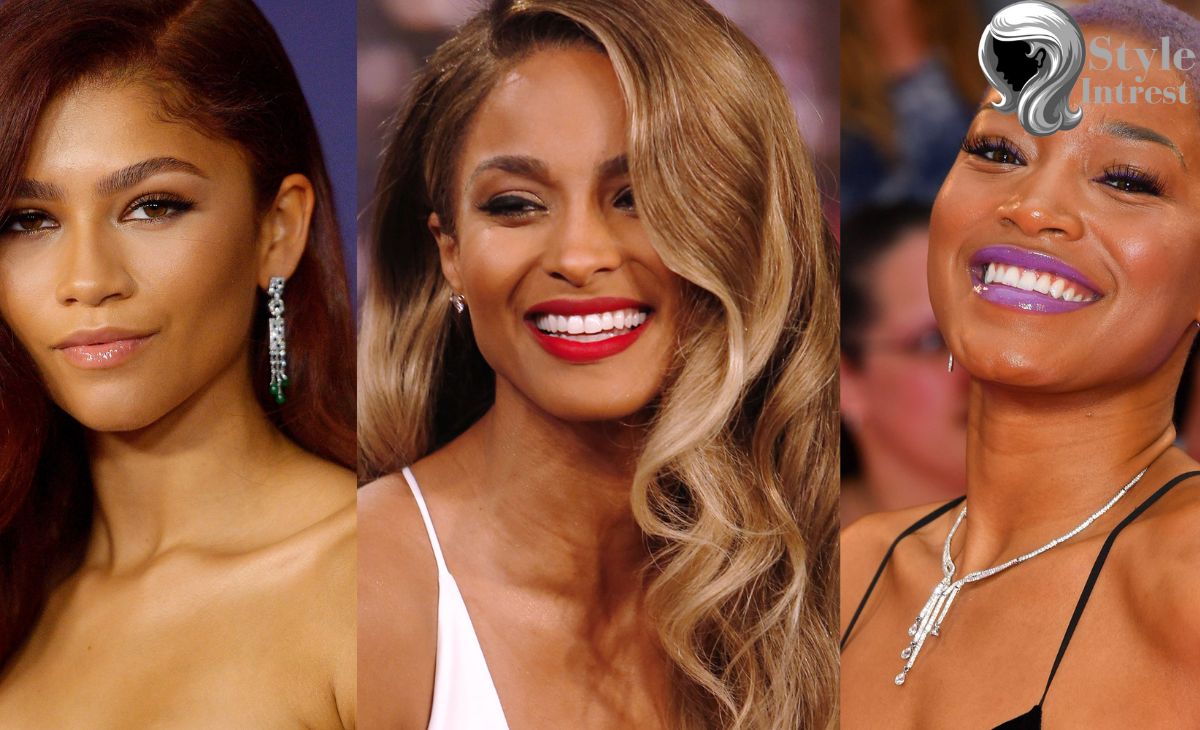In the quest for a full head of hair, many men find themselves questioning why they can see their scalp through their hair. The answer lies in a combination of genetic factors, thinning hair, receding hairlines, lighter hair colors, and scalp conditions. Understanding these underlying reasons can provide valuable insights into managing this concern. This article aims to shed light on the causes behind the visibility of the scalp through male hair, empowering individuals with the knowledge they need to navigate this common issue with confidence.
Key Takeaways
- Male pattern baldness is the most common cause of hair loss in men, leading to a visible scalp.
- Genetic factors play a significant role in determining the likelihood of experiencing hair loss and scalp visibility.
- Thinning hair can be caused by various factors, including genetics, hormonal changes, nutritional deficiencies, and medical conditions.
- Consulting with a dermatologist or trichologist is crucial for determining the underlying cause of hair loss and developing a personalized treatment plan.
Genetic Factors
The presence or absence of certain genetic factors can significantly influence the likelihood of experiencing hair loss and the visibility of one’s scalp through their hair. Male pattern baldness, also known as androgenetic alopecia, is the most common cause of hair loss in men and is influenced by genetic factors. This condition is characterized by a receding hairline and thinning of hair on the crown of the head, leading to the visibility of the scalp. Genetics play a crucial role in determining the sensitivity of hair follicles to hormones such as dihydrotestosterone (DHT), which is responsible for shrinking hair follicles and leading to hair loss. Individuals with a genetic predisposition to male pattern baldness are more likely to experience thinning hair and a visible scalp. Understanding these genetic factors can help individuals make informed decisions about hair loss prevention and treatment options.
Thinning Hair
During the discussion on thinning hair, it is important to explore potential causes and effective treatment options. Thinning hair is a common issue that affects both men and women. It can be caused by a variety of factors, including genetics, hormonal changes, nutritional deficiencies, and certain medical conditions. Effective treatment options for thinning hair include topical medications, oral medications, laser therapy, and hair transplant surgery. It is important to consult with a dermatologist or trichologist to determine the underlying cause of thinning hair and to develop a personalized treatment plan. Additionally, adopting a healthy lifestyle, including a balanced diet, regular exercise, and stress management techniques, can also contribute to the overall health of the hair. Remember, addressing thinning hair requires a comprehensive approach that considers both internal and external factors.
Receding Hairline
In the context of discussing receding hairlines, it is crucial to examine the potential causes and available treatment options for this common condition. A receding hairline is characterized by the gradual thinning and receding of hair from the forehead, resulting in a more prominent appearance of the scalp. One of the primary causes of a receding hairline is genetics, as it tends to run in families. Hormonal changes, such as those experienced during puberty or with age, can also contribute to hair loss. Additionally, certain medical conditions, such as alopecia areata or thyroid disorders, can lead to a receding hairline. Fortunately, there are treatment options available, including medications like minoxidil or finasteride, hair transplant surgery, and low-level laser therapy. Consulting with a dermatologist or hair specialist can help determine the most appropriate treatment plan for addressing a receding hairline.
Lighter Hair Color
Significantly, lighter hair color can be achieved through various methods such as bleaching or using hair dyes specifically formulated for lightening hair. These methods are popular among individuals who want to change their appearance or follow current trends. Here are some key points to consider when lightening hair color:
- Bleaching: This method involves using a chemical solution to remove the natural color pigments from the hair shaft. It is important to seek professional assistance when bleaching hair to avoid damage or uneven results.
- Hair dyes: Special hair dyes designed for lightening hair contain ingredients that can lighten the hair color without bleaching. These dyes are available in various shades and can be applied at home.
Lightening hair color is a personal choice, and it is essential to choose the most suitable method based on hair type and desired results. However, it is important to note that excessive use of these methods can cause damage to the hair and scalp, leading to potential scalp conditions.
Scalp Conditions
Identifying and treating scalp conditions, such as dandruff or psoriasis, requires a comprehensive understanding of the underlying causes and the appropriate use of medicated shampoos or topical treatments. These conditions can cause discomfort and embarrassment, affecting one’s self-esteem and overall well-being. Dandruff, for example, is a common scalp condition characterized by flaking and itching. It is often caused by an overgrowth of yeast on the scalp, which can be triggered by factors such as stress, hormonal changes, or certain skin conditions. On the other hand, psoriasis is a chronic autoimmune disease that results in the rapid buildup of skin cells, leading to raised, red, and scaly patches on the scalp. Treatment for these conditions typically involves using medicated shampoos containing ingredients like zinc pyrithione or coal tar, which help to reduce inflammation and control excessive flaking. In more severe cases, topical treatments or oral medications may be prescribed. It is important to consult a healthcare professional for an accurate diagnosis and personalized treatment plan to effectively manage scalp conditions and promote a healthy scalp and hair.
Frequently Asked Questions
Can Stress or Anxiety Cause Scalp Visibility in Men?
Stress or anxiety can contribute to scalp visibility in men. These conditions may lead to hair loss or thinning, making the scalp more visible. Proper stress management and seeking professional help can help address this issue.
Are There Any Temporary Solutions to Make the Scalp Less Visible?
Temporary solutions to make the scalp less visible include using hair fibers, scalp concealers, or wearing a hat. These options can provide immediate coverage, but it is important to address the underlying cause for long-term resolution.
Can Certain Hairstyles or Hair Products Help in Minimizing Scalp Visibility?
Certain hairstyles, such as those with more volume or layers, can help minimize scalp visibility in males. Additionally, using hair products like volumizing mousse or dry shampoo can provide texture and lift, reducing the appearance of the scalp.
Is Hair Transplantation a Viable Option for Men With Visible Scalps?
Hair transplantation can be a viable option for men with visible scalps. This surgical procedure involves removing hair from one area and transplanting it to the thinning or balding areas, resulting in a more natural and fuller appearance.
Are There Any Dietary Factors That Can Contribute to Scalp Visibility in Men?
Dietary factors can contribute to scalp visibility in men. Certain nutrients, such as protein, iron, and vitamins A and C, play a crucial role in maintaining healthy hair. Poor nutrition can lead to hair thinning and scalp visibility.
Conclusion
In conclusion, the visibility of one’s scalp through their hair can be influenced by genetic factors, thinning hair, a receding hairline, lighter hair color, and scalp conditions. Understanding these factors can help individuals better comprehend why they may be experiencing this phenomenon. By seeking professional advice and exploring potential solutions, individuals can address their concerns and find ways to improve their hair’s appearance and overall confidence. Remember, knowledge is power when it comes to understanding and managing scalp visibility.









